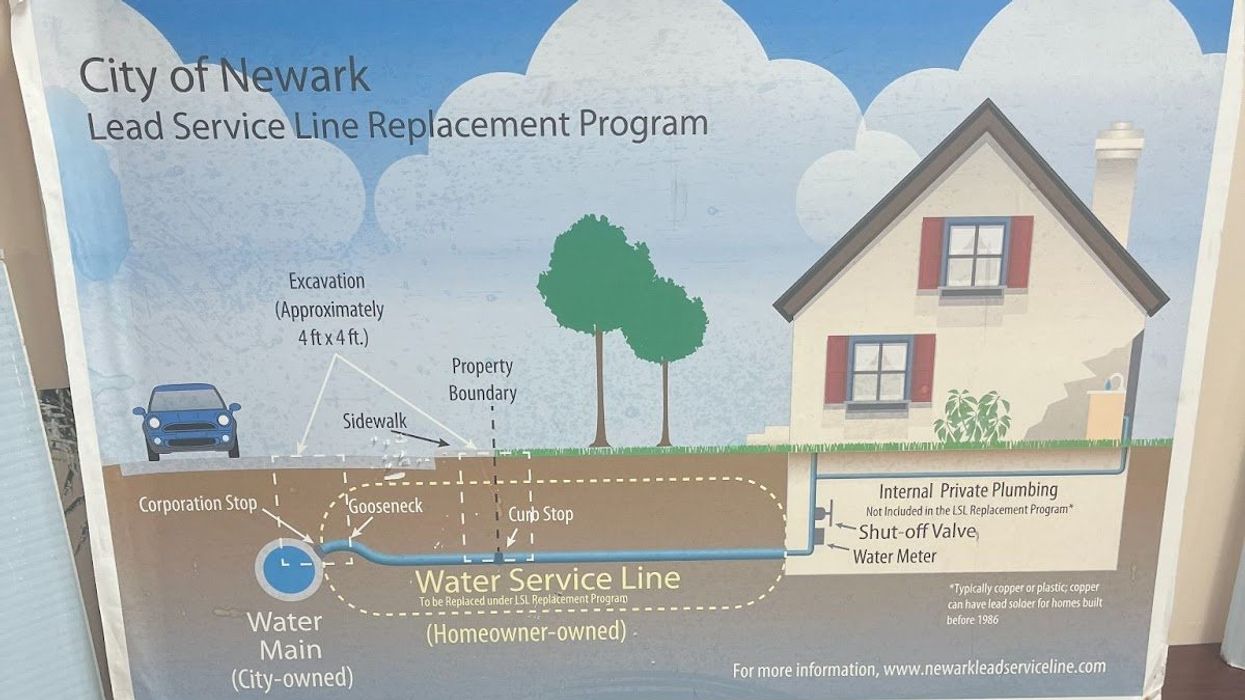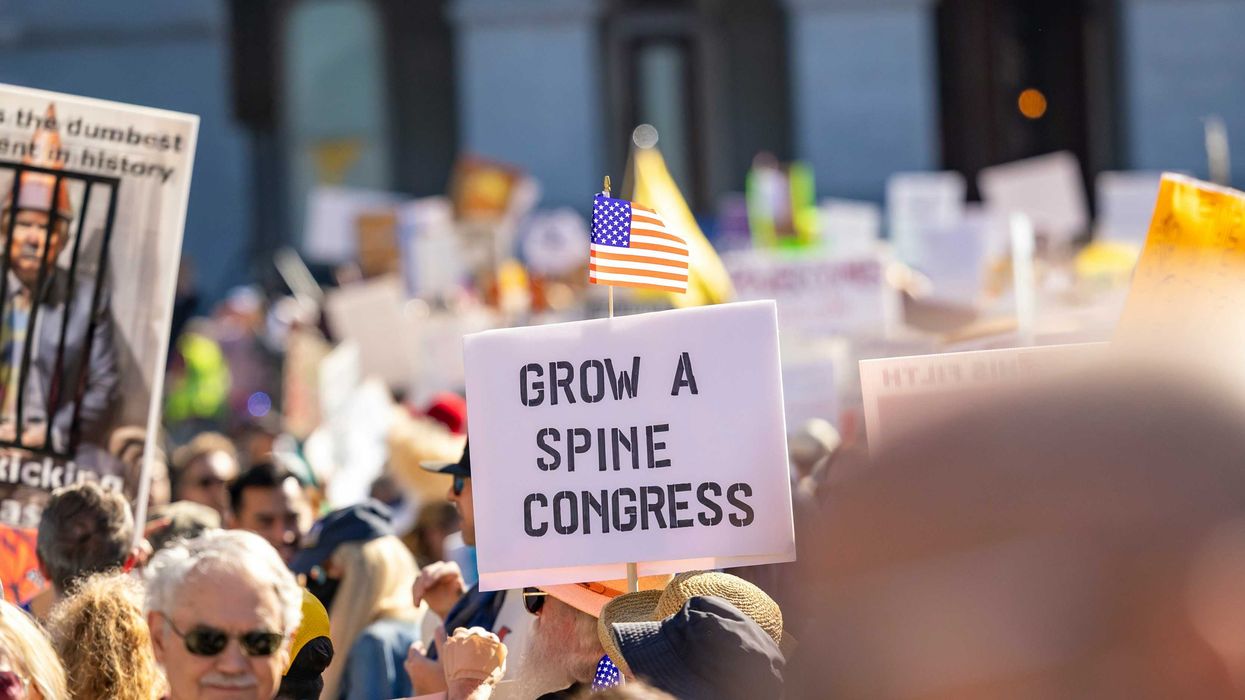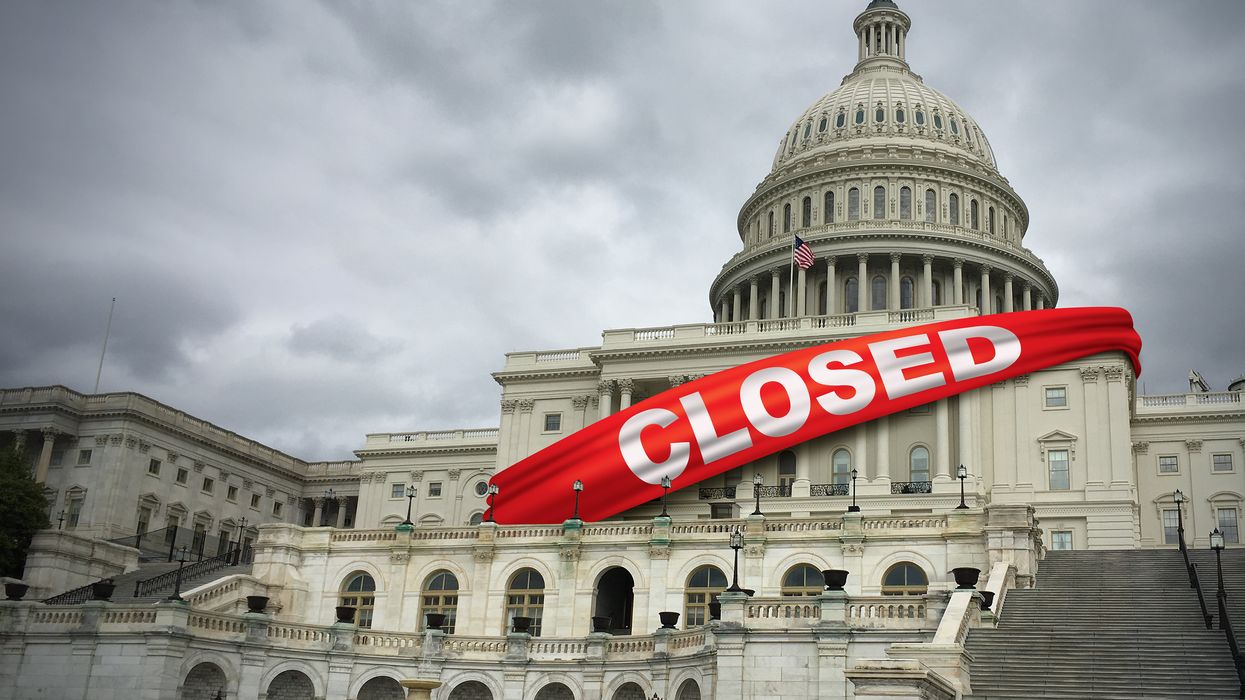Krippner is a Chicago-based solutions and investigative journalist.
The prevalence of lead-contaminated drinking water remains an ongoing infrastructure issue in cities throughout the United States. Many of the contaminated water lines exist primarily in the Midwest, within homes that were built before 1960.
According to the National Conference of State Legislatures, the Environmental Protection Agency estimated in 2023 that roughly 9.2 million lead service lines were still in use across the nation. Of these, it is estimated that roughly 400,000 exist in Chicago, a higher number than in any other city and around twice as many as in the second-highest city, Cleveland.
Prolonged lead exposure increases the risk of high blood pressure, heart disease, kidney disease and reduced fertility. However, it is most damaging for children because exposure can cause significant defects in neurological development.
Gina Ramirez is the midwest director of environmental health for the Natural Resources Defense Council and a resident of Chicago’s 10th ward. As a third-generation resident of her ward, Ramirez’s concern for lead exposure is directly tied to her love for her local community, which is one of the Chicago areas most exposed to lead water lines.
“If you go in my neighborhood, you're going to see everyone's shopping carts filled with bottled water,” said Ramirez. “It's this unspoken truth, no one in my neighborhood trusts their tap, but we don't talk about it, it's just this habit [we all have].”
Due to the high number of lead lines in the city, Chicago has become a central focus of media attention on this issue. According to an ABC 7 article, the city estimated last December that replacing all lead lines will take about 40 years to complete and cost $12 billion. Chicago’s Lead Service Line Replacement department estimates that each line costs between $16,000 and $30,000 to replace.
When taken at face value, the 40-year benchmark for completing this process may seem more understandable, considering the enormous cost to the city. However, when looking into the process of lead line replacement in other cities like Newark, N.J., this high cost begins to come into question.
In June 2018, the NRDC filed a lawsuit against the city of Newark after the city found evidence of high levels of lead, some reaching as high as 47 parts per billion, in the city’s drinking water. The EPA Lead and Copper Rule requires 15 parts per billion before action must be taken, but the agency admits that there are no safe levels of lead for children.
In 2018, the city of Newark was found to have 23,000 lead service lines; three years later, nearly every single line had been replaced. Since then, Newark has become the template for achieving full lead line replacement in American cities.
Mark Di Ionno was a columnist for the Star-Ledger, the largest paper in New Jersey, in 2018 when the NRDC lawsuit was first filed against the city. He recalls the city receiving particularly negative press about the process, which he deemed unfair.
“I actually wrote a column that was about what the city had done to notify the residents [of the issue],” said Di Ionno. “And that column was spiked by an editor, who said that it didn't conform with the rest of our reporting, which was just ridiculous.”
As a Pulitzer Prize finalist in news commentary, Di Ionno said he did not take kindly to how news organizations were covering the city’s handling of the problem, and he deemed the comparison of Newark’s problem to the Flint, Mich., water crisis to be blown out of proportion. So, he quit the paper and eventually found a job working for the city of Newark, changing the narrative around Newark’s lead line replacement program.
“There were huge differences between us and Flint,” said Di Ionno. “We never changed our water source, we never changed our chemical corrosion system to save money. What happened with our chemical corrosion system was the pH balance weakened it over time, and… nobody got sick.”
Nonetheless, Newark had 23,000 lead service lines still in use.
Di Ionno now works on the communications team for Newark and got to witness its handling of complete lead line replacement throughout the city. He credits the city’s success to Mayor Ras Baraka’s ability to work alongside lawmakers to ensure the process was done as cost- and time-effectively as possible.
In order to fast-track the process, Newark’s city council passed several measures that cut costs and time. First, they made the procedure mandatory and free for all residents with lead lines. Secondly, they required access to homes without the owner’s permission by designating it a public health emergency since roughly 74 percent of Newark’s residents are renters, allowing the city to go block by block replacing lines instead of having to do so sporadically throughout the city (as it is often done in Chicago). Thirdly, they streamlined the permitting and paperwork process to reduce costs and bureaucratic involvement and incentivized contractors to work quickly and efficiently to minimize street closures. Furthermore, the city generated apprenticeship programs so that residents could be employed in the process and simultaneously acquire skills for future employment, which Di Ionno credits for instilling a sense of community in the process.
“About 70 percent of the money that we spent on the project stayed in the city,” said Di Ionno. “We hired Newark contractors, we had an apprentice program [that hired Newark residents].”
In total, Newark spent $190 million to replace all 23,000 lead lines, which comes out to about $8,200 per line, a number far lower than what the same process is projected to cost in Chicago. Furthermore, Di Ionno says much of that money went to taking steps to inform the public about the process and that it actually came out to about $6,000 per line.
Ramirez expressed frustration with both the lead line replacement process in Chicago and the city’s lack of transparency regarding other available safety measures.
Ramirez, whose mother went through the process of getting the lead pipes in her home replaced. says she witnessed why it is such a frustrating process for so many Chicago residents. A plan was drafted for her mom’s house; she was told it would take six weeks, but it ended up taking six months.
“There's just so many protocols and processes that the city has, but once everybody was there, it only took a day to replace the lines,” said Ramirez. “But it took about six months for them to actually get to that point. It took two years in total because they kept going back and forth saying, ‘you are missing papers,’ ‘you are missing water samples.’”
Ramirez’s advocacy work on this and other environmental issues enabled her to navigate the lead line replacement process for her mother. However, she admits that other residents are not offered the same access to knowledge about lead line replacement and other temporary solutions.
“Even aldermen aren’t talking about it a lot,” said Ramirez. “I go to events, and they [don’t advertise that] you could get your water tested. [They don’t say] there's this website where you can get a free water filter … it's not something as accessible as other programs in Chicago.”
Newark is a much smaller city than Chicago, boasting a population of about 300,000 in comparison to Chicago’s roughly 2.6 million people. However, if Chicago’s lead line replacement process replicated Newark’s, the total cost when using the $8,200 per line assessment would come out to roughly $3.2 billion, as opposed to the currently projected cost of $12 billion.
Furthermore, the city of Newark has a complicated terrain that makes construction especially difficult. Di Ionno credits the knowledge of Newark’s Water and Sewer Department director, Kareem Adeem, and his 30 years of experience in the department for his ability to navigate the construction project in the city's complicated geography.
“The city of Newark is on a downhill slope of a hilly terrain,” said Di Ionno. “And there’s part of the city that is on a river delta, and there’s parts up the cliff made up of clay and shale.”
Following Congress’ approval of the bipartisan Infrastructure Investment and Jobs Act in 2021, the Biden administration designated $15 billion to the Drinking Water State Revolving Fund for Lead Service Line Replacement. This money is designated to address all 9.2 million lead lines nationwide, so Chicago will only receive a portion of this money. However, if a significant decrease in the cost of replacement could be enacted in Chicago as it was in Newark, then that money could go much further in addressing this public health issue that leaves thousands of Chicago families who live primarily in underserved Black and Brown communities on the south and west sides searching for clean water.
“You know, because we have so many lines, they want to give us like 40 years [to replace them all],” said Ramirez. “So in my children's lifetime, they're still going to be drinking from a lead tap, which is completely unacceptable, and I feel [it] creates more inequities.”



















